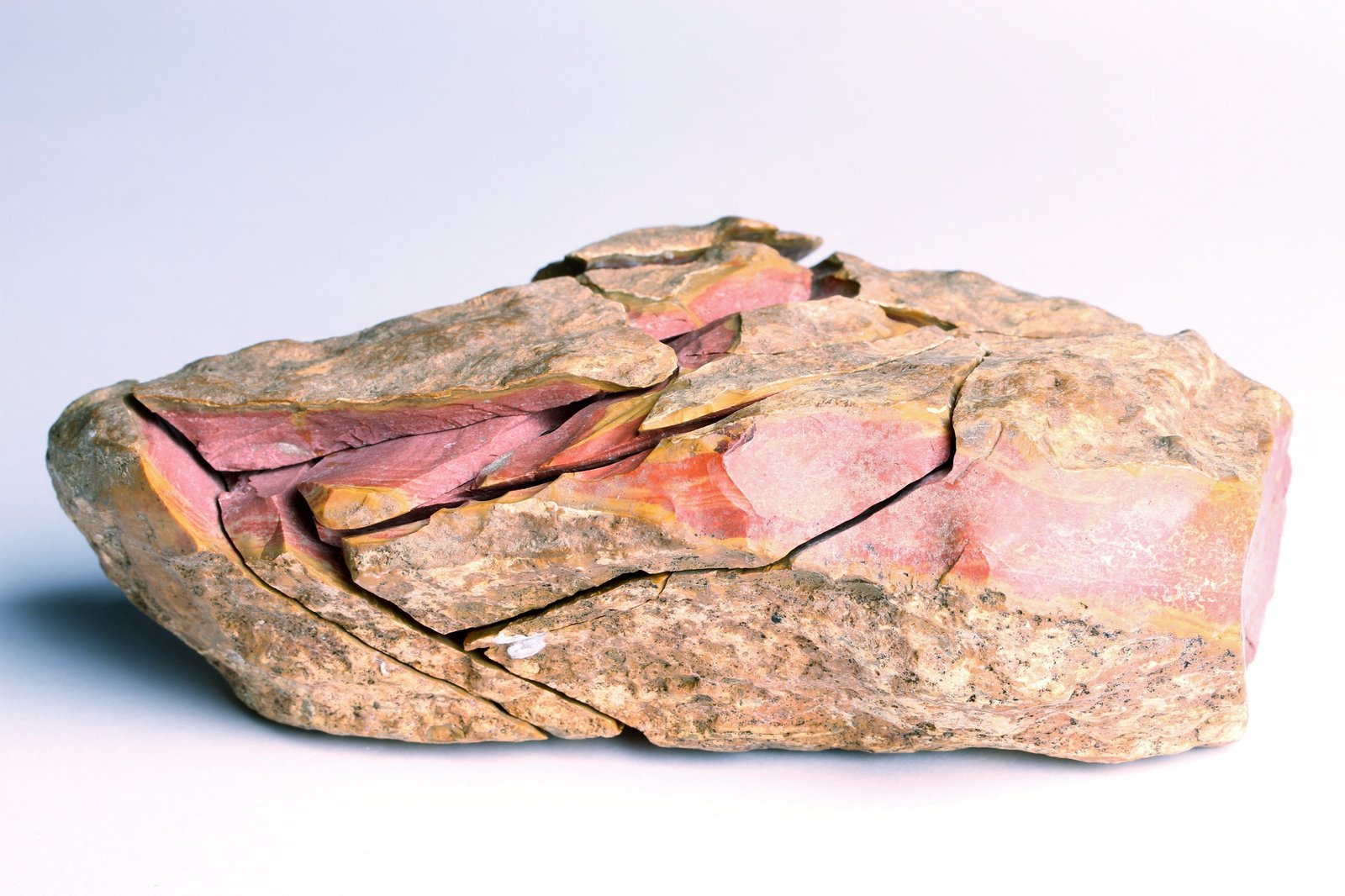Getting to the core of things
Recently, the Museum registered two conjoin groups: 2 cores and their collection of stone flakes, which proved slightly fiddlier than usual. The conjoins were made by Colin Saltmere in 2006, and were made to demonstrate the sequence in which a stone core is struck, and stone flakes are made.

© Australian Museum
Cores are chunks of stone or pebbles used as a source of raw material from which to produce other stone tools. Cores are usually hand-held and stone flakes or tool blanks are removed from them by striking them using a hammer-stone. This process can produce quite sharp edges on cores, and sometimes the cores themselves were used as tools, usually for heavy wood-working tasks. As the need arose, these tasks might have included being used as chopping, cutting and/or scraping tools, and perhaps as hammers, wedges or cleavers in the extraction of bark sheets from trees for the production of canoes and shields.
In order to ensure that the conjoin groups could be reassembled again, it was important to document each stage of separation carefully. One of the conjoin groups was wrapped tightly in cling wrap, and the other joined with blue tack. The method used to number and so register each group was to carefully remove each stone flake one at a time from the core and number it with a double number opposite to each other, to ensure that we could track where each piece of stone was placed. In the end, each conjoin group comprised of 1 core and 14 now stone flakes.
Written with the assistance of Allison Dejanovic.




